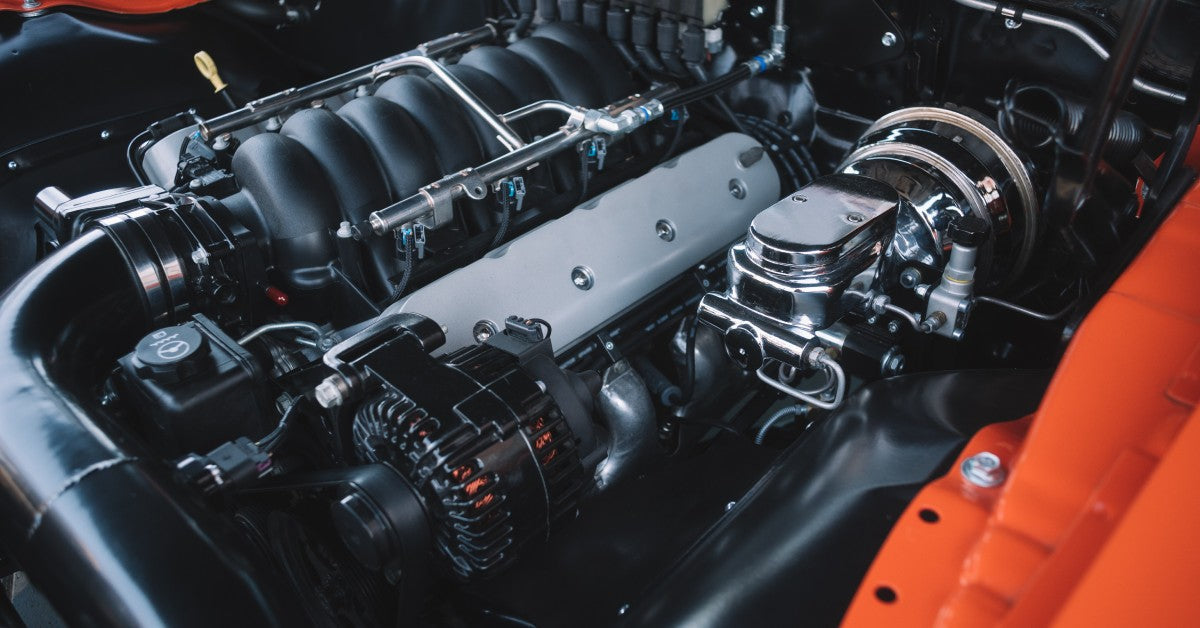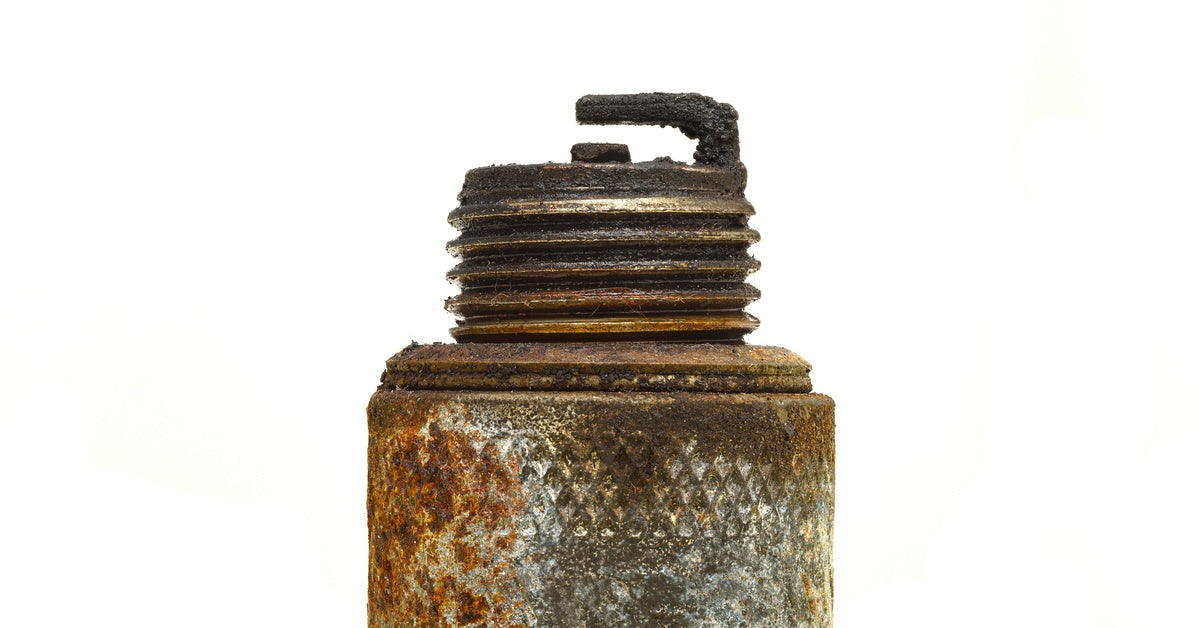
The 2015 national census keyed many of us in to several events affecting the quality of life of Americans. The most startling is outlined in a recent article from The Atlantic entitled The Shrinking of the American Lawn. This article reviews the census and compares the average home and property size in 2015 to those from 1978. What they've found is almost shocking when all elements are considered.
The American home is growing but the American lawn is shrinking. In 1978 the average home measured in at about 1,650 square feet and sat on a lot measuring 0.22 acres. By 2015 both of these numbers have changed, and in the "wrong" direction. A new home built in 2015 averaged 2,500 square feet and was placed in a neighborhood with lots measuring 0.19 acres. While these numbers may not seem dramatically different, the problem is obvious when compared side to side in this graphic.
This substantial reduction is resulting in a decrease in sales of riding lawnmowers and an increase in push or self-propelled lawnmowers. The problem, which this creates, is a higher turnover as the smaller push motors tend to burn out faster than their riding counterparts. However with the proper maintenance of new fluids, spark plugs, oil, and continued sharpening, push mowers can last up to 10 years in some cases. The key is keeping up with motor maintenance which many in today's "spend and replace" society are not accustomed to.
Surprising to some, the largest source of the lawn shrinkage problem is actually occurring in the South versus the highly populated North. Land is cheaper in the South and more new construction is happening as a result. Despite a surplus of room to expand, yard sizes continue to shrink throughout the southern states as well as the Great Plains. The key reason may be pure economics. New homeowners want a larger, nicer house and to compensate, builders are placing them on smaller lots to bring down the overall property cost and taxes.
Zillow Chief Economist Svenja Gudell had this to say “We still want our big homes with ample bedrooms and bathrooms, but increasingly, we’re having to make a tradeoff to keep those kinds of homes accessible—namely, smaller lots. Americans want both space and convenience, but the land available relatively close to job centers is expensive. This trend of larger homes and smaller lots represents the compromise between what builders can profitably build and what consumers will actually buy.”







